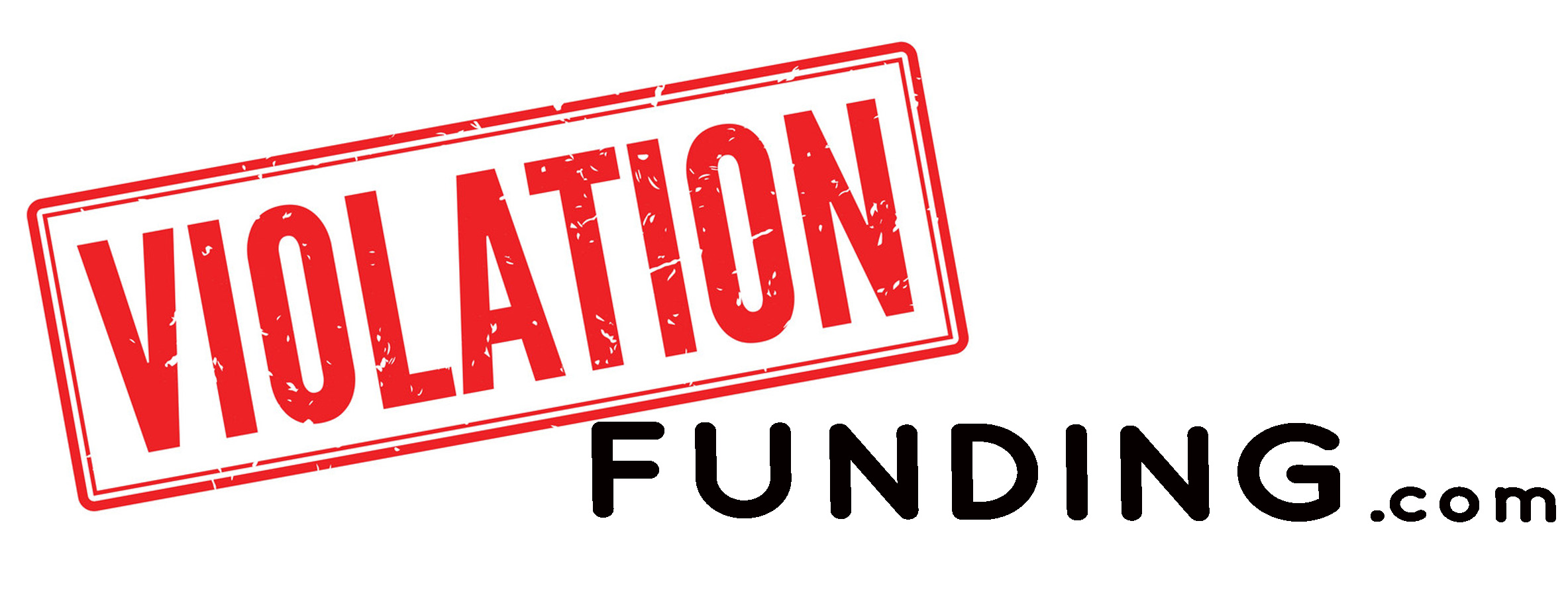27 Jun What is SEO: A Complete Guide to Search Engine Optimization
You can also use keyword research tools like Google Keyword Planner and Ahrefs to search for keywords. Once you choose the keywords, you can go ahead and start optimizing your pages for those keywords. You can learn Search Engine Optimization (SEO) by enrolling in comprehensive SEO courses, reading industry blogs, and practicing with real-world projects. Because the term “Voice Search” was relatively new (especially compared to old school keywords in my niche like “link building”), my guide cracked the bottom of the first page within a week. But I also noticed that these posts gave out search engine optimization tips for voice search… without any data or research to back them up.
What is the difference between SEO, SEM, and PPC?
Overall, SEO benefits include free, sustainable, and passive traffic to your website month after month. Getting first-hand experience will teach you a lot about how SEO works and how to improve your skills! You can also explore our SEO FAQs to get answers to some of the most common SEO questions. So, when you practice SEO, you’ll prioritize certain factors over others.
Learn SEO fundamentals
This week’s Ask An SEO shows how to decode keyword intent and turn Google Keyword Planner into an SEO asset. If you want to find even more keyword ideas, click on an internal link. Next, keep an eye out for sections on the Wikipedia entry that display closely related keywords and topics. If you want to find keywords that are closely related to your seed keyword, you need a human mind. And as that page has accumulated links, it made its way onto the first page for “white hat SEO”.
If you’re doing keyword research with the Keyword Magic Tool, find any keyword’s intent by looking at the “Intent” column. Making content with a similar format can increase your chances of ranking well. For example, the search engine results page (SERP) for “how to make a latte at home” shows how-to videos and step-by-step guides.
Going hyperspecific like this is a good idea if you’re learning SEO to become an in-demand SEO expert. But if you’re looking to rank websites, it’s probably better to keep things slightly broader and stick with one of the four main facets of SEO. Technical SEO ensures that search engines like Google can find, crawl, and index your content. Unless they can do all three of these things, it’s unlikely that your pages will show up in the search results. Search engines work by finding content and storing it in a big database known as an index.
- It’s just a subset of specific HTML tags that improves the way the SERPs display your content.
- Every change you make will take some time to be reflected on Google’s end.
- Learn all about technical SEO with articles from industry experts.
- SEO can help your business gain a competitive advantage over your competitors.
- SEO Gets is my favorite tool for analyzing Google Search Console data.
Additional headers could also include your keyword or long-tail variations of it. The Google crawler (Googlebot) checks HTML header tags (H1, H2, H3, etc.) to determine the relevancy of your site’s content. Generally, the best practice is to have a single H1 tag per post or page and then multiple H2s and H3s underneath that. At Kinsta, we use Yoast SEO, and that’s why you’ll notice several screenshots/images of it in SEO Anomaly this SEO guide.


No Comments